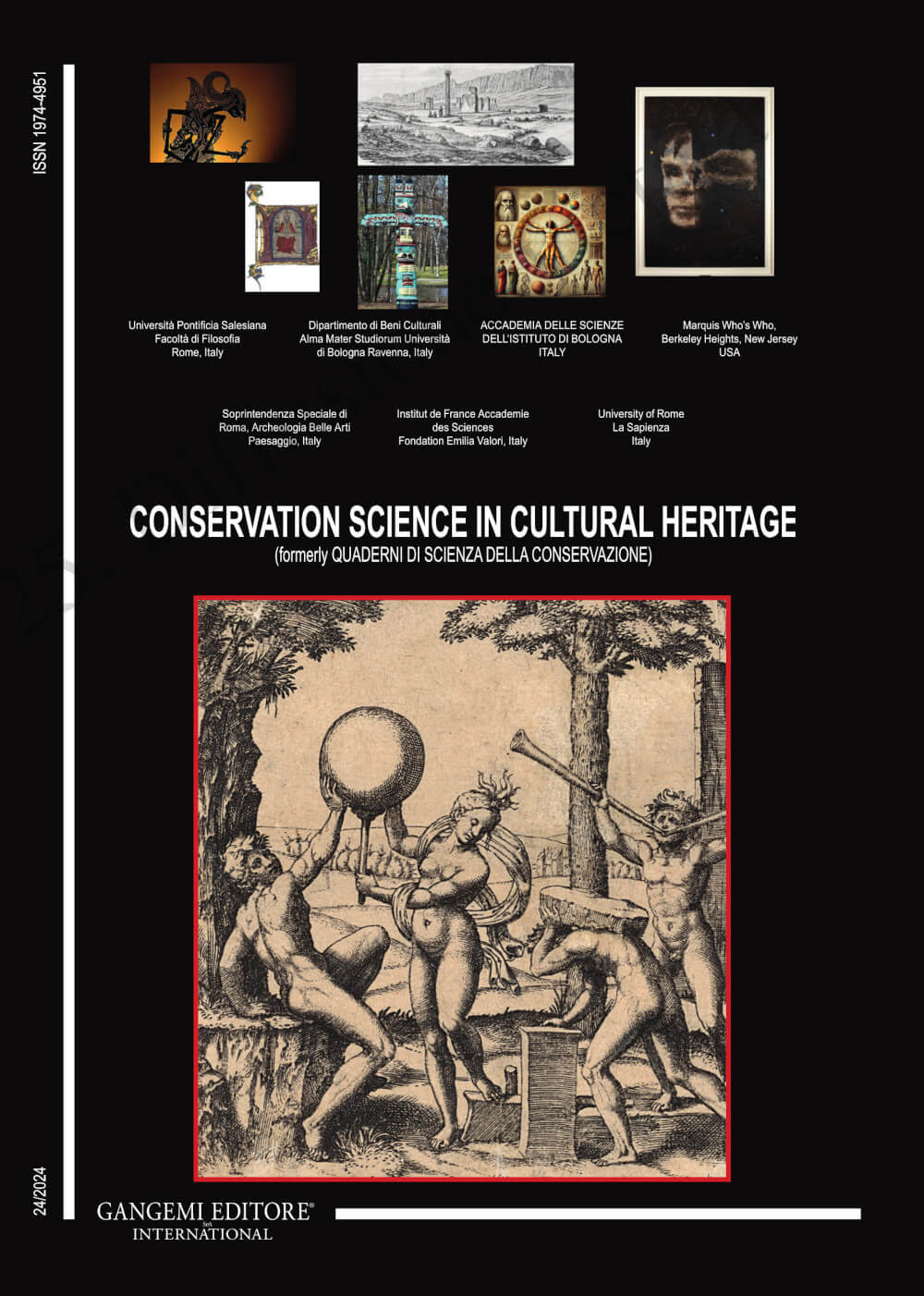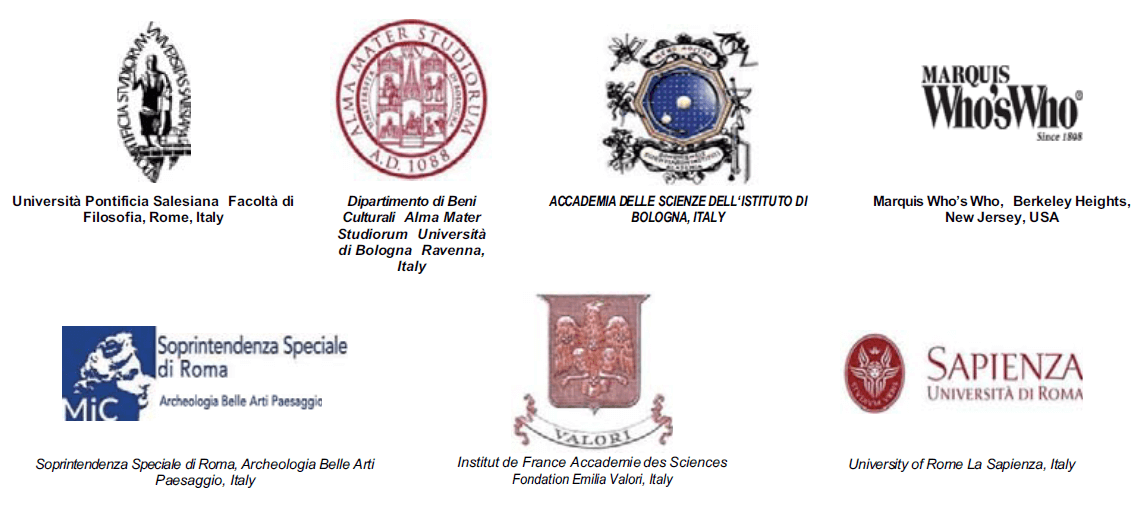The re-actualization of Makidhipuh Wayang movement as immaterial culture in Garin Nugroho’s film “Setan Jawa”
DOI:
https://doi.org/10.6092/issn.1973-9494/22460Keywords:
movement code, traditional wayang, Setan Jawa, wayang movement, Garin NugrohoAbstract
“Setan Jawa” (2016) by Garin Nugroho is a silent black and white film with orchestral cinematic arrangements by Rahayu Supanggah. Taking up the story of Java in the early 20th century, this film blends several artistic mediums. "Movement" takes on significance as a communication tool in this film, which incorporates dance and shadow puppets to convey Javanese cultural meaning through the movement's visual code. One type of semiosis that is transferred from the movement of shadow puppets is the visual code of movement. Applying a case study methodology bolstered by visual data analysis through “Setan Jawa” documentation and making reference to the movement classification system for shadow puppets derived from Roger Long’s research (1979), the results of this study show a semiosis of movement that imaginatively transposes the movements of puppets, including makidhipuh, in the film “Setan Jawa”. The way that the actors in this film incorporate makidhipuh movements into their body language highlights how crucial it is for different signs to work together as a medium to promote visual cultural literacy in the global age.
Downloads
Published
How to Cite
Issue
Section
License
Copyright (c) 2024 Agustina Kusuma Dewi, Ganis Resmisari, Mohamad Arif Waskito, Iyus Kusnaedi, Adi Surahman

This work is licensed under a Creative Commons Attribution 4.0 International License.





